
Picasso painted Guernica in response to Nazi Germany and fascist Italy’s savage bombing of the civilian population of Guernica during the Spanish Civil War. The painting was toured throughout Europe to raise awareness of republican Spain’s cause, and after the war was exhibited in New York to raise money for Spanish refugees. It has been an inspiration to antiwar activists and political artists for decades. Colin Powell had a tapestry reproduction of the painting at United Nations headquarters covered up before his speech selling the Iraq war. Artist Mary Frank created hundreds of placards with images from Guernica for people to carry during the massive February 15, 2003 protests against the war, and World War 3 Arts in Action created similar placards for the March 22, 2003 protest. Deep Dish interviewed Mary Frank for their Art of Resistance segment.
In 7 days, we created paper cutouts of four figures from Guernica and mounted them on a background of wheatpasted stock ticker on a wall measuring 21′ x 10′ on the Whitney’s lower level. Here are some photos of the installation:
More photos on our photolog and flickr. One of our goals in this project was to create the images using common street art techniques so that they would be easily reproducible for use on the street. The paper cutouts turned out the be very intricate and fragile and took a long time to paste up, but I am including below two images that I quickly Photoshopped from pictures of the installation that you can download and use to create stencils, silkscreens, or cutouts:
The lamp is by far the easiest figure to recreate — for stencils and paper cutouts, you just have to bridge the lightbulb to the top curve. The other figures are progressively more complicated, but each can be reproduced with any number of common printing techniques.
Several months back, John Unger proposed an open-source art project called American Guernica. The idea was to put Picasso’s painting on billboards throught the US as a protest against the current wars being waged by the US. While billboard space is probably out of our range, working on this Whitney installation has gotten VR folks talking about using Guernica images on the street in New York. If you’re interested, drop us a line. I’d especially like to talk to talented graphic designers who can transform some of the figures into ready-to-cut stencil templates using Illustrator.





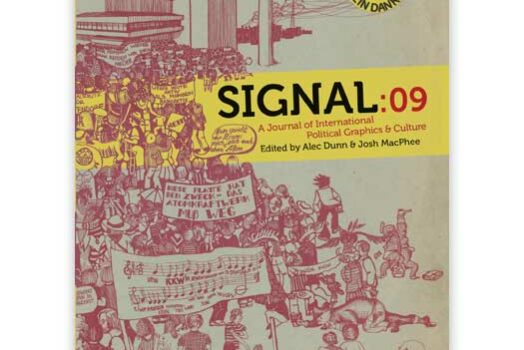
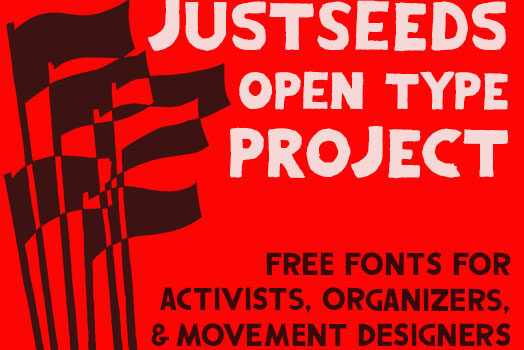
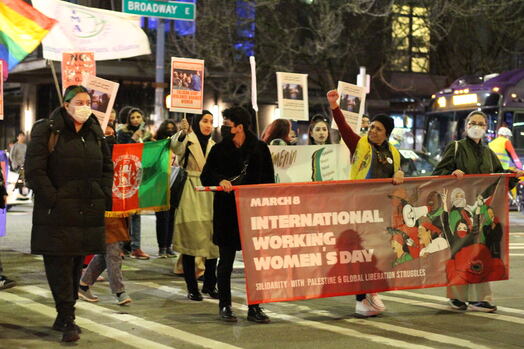
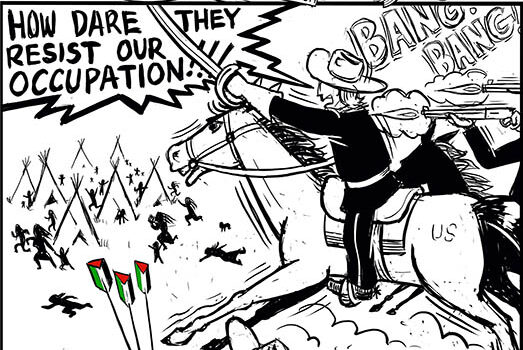
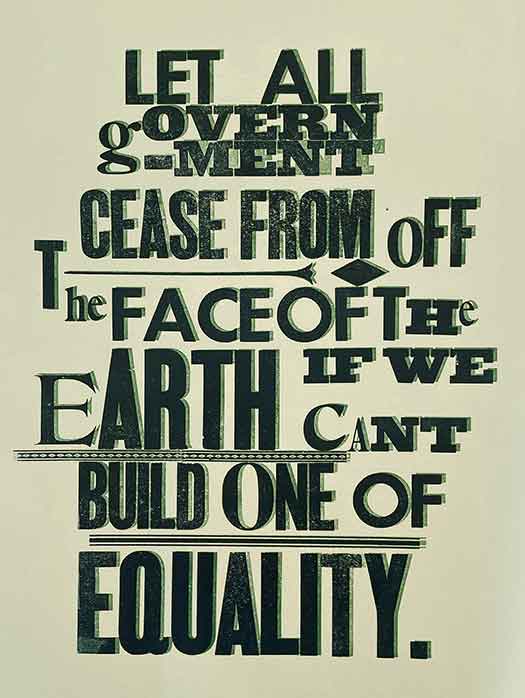
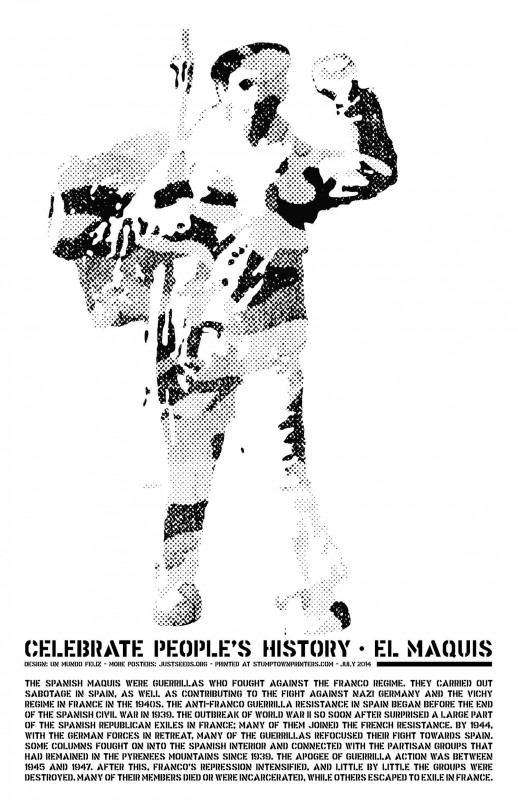
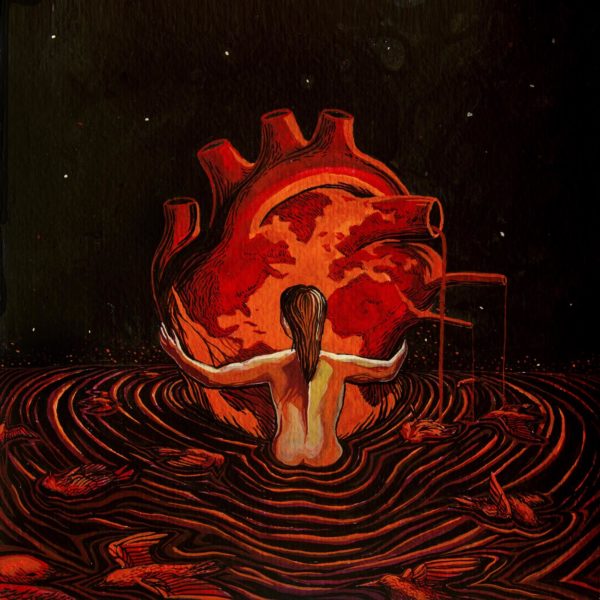

Rock on.
yeah i saw it last night. rock on. best part of the show.
Congrats!!!!!!!!!!!!!!!!!!!!!!!
wow you guys rock thats all i´m gonna say
wow this is so cool. KEEP up the great work guys ~_*
While we are dragging our feet about impeaching George W. Bush the people in Iraq are still dying; the prisoners at Guantanamo are still being force fed and tortured; and in spite of the brouhaha over Dubai; This moron has just given military atomic secrets to India. Conyers should put into action his bill of impeachment now and not wait for more signatories.
Arianna Huffington said on national TV that we should wait until after 2008 until the Democrats have won the Congress. Our people are doing more running off at the mouth than we are doing thinking. It seems as though the mental defective Bush is able to commit atrocities on almost a daily basis. People are already dying as a result of global warming. Are we going to wait for a nuclear winter before we impeach this traitor when he has two and a half more years as a lame duck?
Kick ass! and to John H.- Here here, what the hell is the hold up- impeach and put him and his cronies on trial for war crimes…
As one of the co-producers of Deep Dish, I just want to thank all those visual
resisters who made our exhibit so powerful. I was enormously impressed by
the care and skill by which the whole thing was made, but moreover, by the
brilliant concept: the WSJ background, the clear, simple, elegant black lines, etc.
A remarkable tribute to Guernica/Fallujah. A number of reviews have mentioned
not only the background (WSJ) but also Guernica. It is great that you all have
helped to keep Picasso’s work relevant!
DeeDee
Rock on! Glad to see this happen.
I’m definitely not dead set on the idea that it must be billboards… graffiti, stenciling, mobile panelized versions all work. Or projected images. I’d just like to see it out there.
This is really exciting for me. I’ll post about it in the American Guernica updates soon.
Get in touch with me about the stencils. If you have a good high res image of the painting, I’d be happy to make illustrator templates.
damn i’m reall interested in seeing this in person… is it still going on now?
still up — the biennial ends May 28
As i went downstairs… i came across “homeage to Guernica” and it was the 1st peice i saw at the biennial, then after i went through the entire show, it was THE BEST THING on display. Guernica is my favorite piece and you did it quite some justice. picasso would be proud.
thank you!!!!
I thought this was the best project in the Biennial. The thing is that Guerrnica got Picasso banished and it caused riots originally. You put it impotently by the bathrooms. What kind of expressions would have that impact today?
Check out my own feable effort:
http://www.youtube.com/watch?v=4dAVAd0qvdE
Anthony — we didn’t get to pick the placement, the installation was originally supposed to be upstairs somewhere but got pushed to the basement at the last minute.
Great interventionist project! Altria being the lead sponsor of the Biennial is messed up but unfortunately it’s par for the course; even before the name change, Philip Morris spread a lot of money around in the art world, especially to NYC museums.
In regards to your question about what kind of art would produce a radical impact today, is another, intimately related question: what kind of art institutions can we imagine that would foster that kind of art? Certainly one that’s free from Altria money, right, but how to pull it off?
Anyway, thanks for the response. Glad you did this!
I’m really glad that you have been making art with political intent. Please get in touch if you’d like to, I also like making political art. Good luck!
Picasso, though, is plastic. Look into Goya. Won’t matter where it is.
There’s many people whom I admire for using art to fight injustice, cruelty, greed, and violence. Today, VR just got added to the list.
Awesome work.. Keep it going. Congrats on keeping it real and making a difference. Not enough people try. My fight is just beginning as well.
Larisa
Fan of Don Lapre
http://www.larisajoyreilly.com
larisa@larisajoyreilly.com
sorry to rain on the parade or whatever, but guernica had nothing to do with germany or italy. in case we’ve forgotten, spain suffered through
their own little fascist experiment, engineered by a little old guy named francisco franco. guernica was painted in response to franco’s bombing of the town during the spanish civil war.
Sorry if the wording was unclear — you are of course right. The root of the tragedy of the Spanish Civil War and the four decades of fascism in Spain lies in Franco’s rebellion against the republican-socialist government. The Allies’ indifference to Spanish democracy and post-war tolerance/support for Franco-fascism is one of the hideously revealing contradictions of the 20th century.
Germany did provide air support to Franco and the Italian/German intervention was in stark contrast to the US/Britain’s stark refusal to support the republican cause. My understanding of the bombing of Guernica specifically is that it was carried out mainly by the German Luftwaffe. I am not an expert in this history by any means so if I am wrong in this, let me know and I will correct the post.